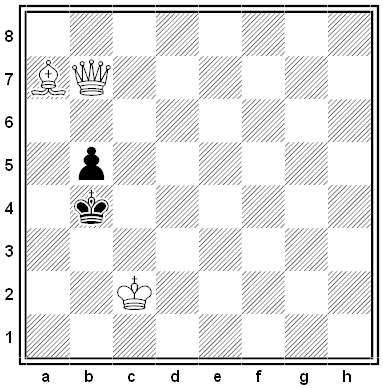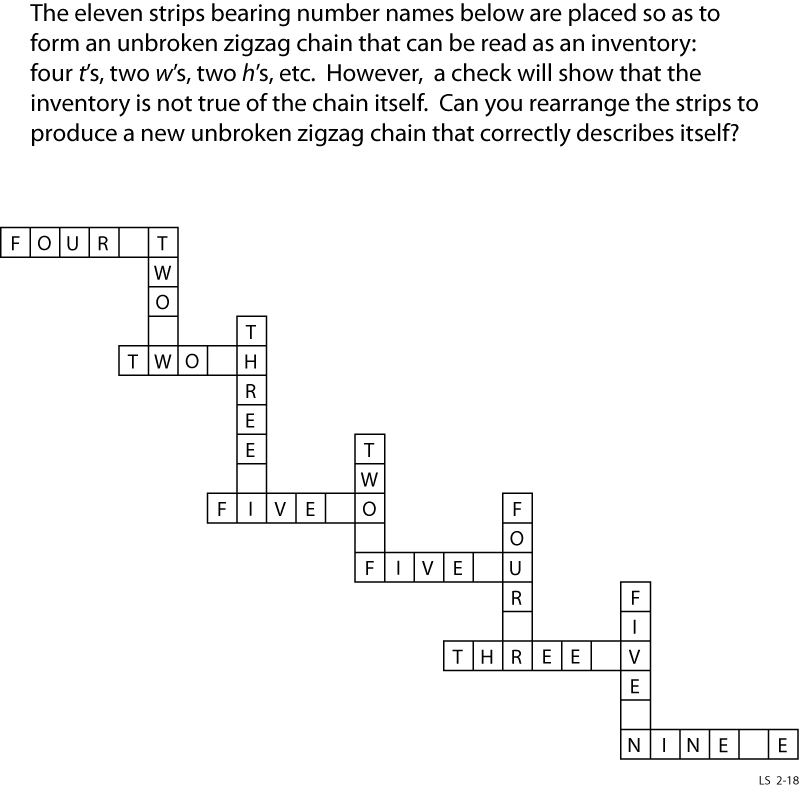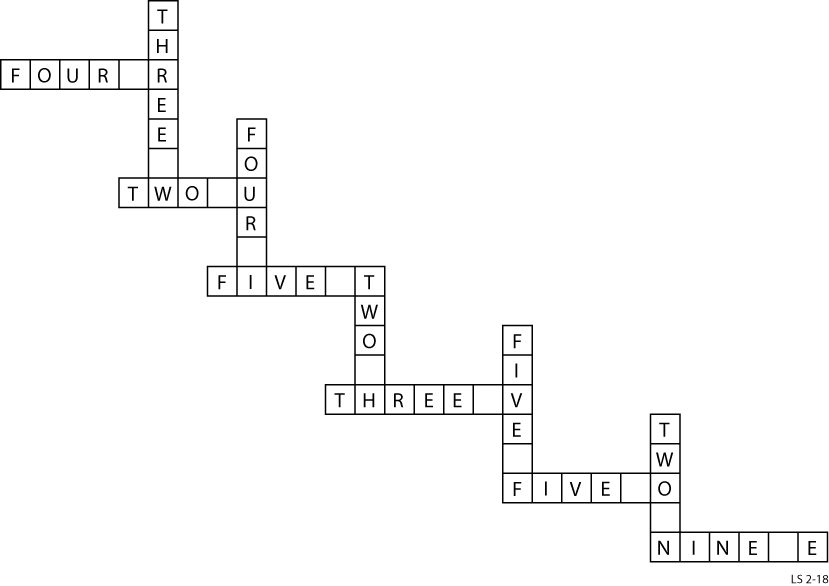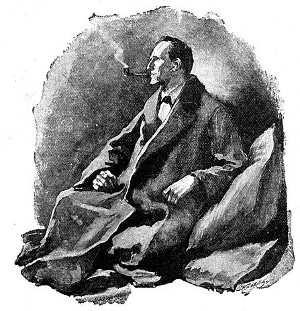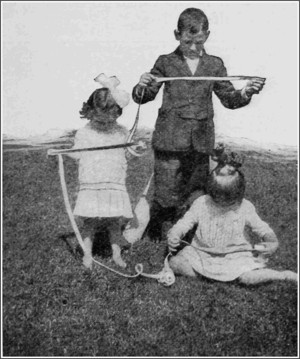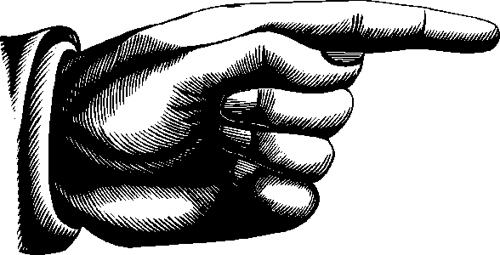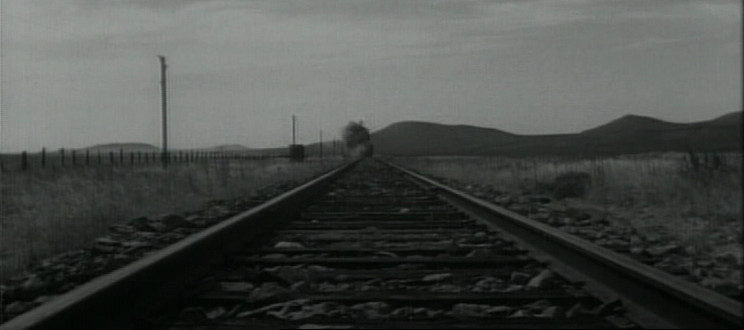
To film the dramatic approach of the train in High Noon, director Fred Zinnemann and cinematographer Floyd Crosby put their camera flat on the ground between the rails a few hundred yards ahead of the station. Zinneman wanted the train to appear as a dot that grew larger as it approached.
When the signal was given to start, “It looked beautiful, moving rapidly with white smoke, which looked even better,” Zinneman wrote later. “Then it let out black smoke, which looked even better. What we didn’t know was that this was the signal that the engine’s brakes were failing.”
When Zinnemann and Crosby realized that the train wasn’t going to stop, Crosby grabbed the camera, but one of its tripod hooks caught on a rail and he lost his grip. The camera fell in front of the engine as it roared past the men. It was badly damaged, but the magazine was intact, and the footage of the train’s approach is in the final film.
(From Michael Francis Blake, Code of Honor, 2003.)


